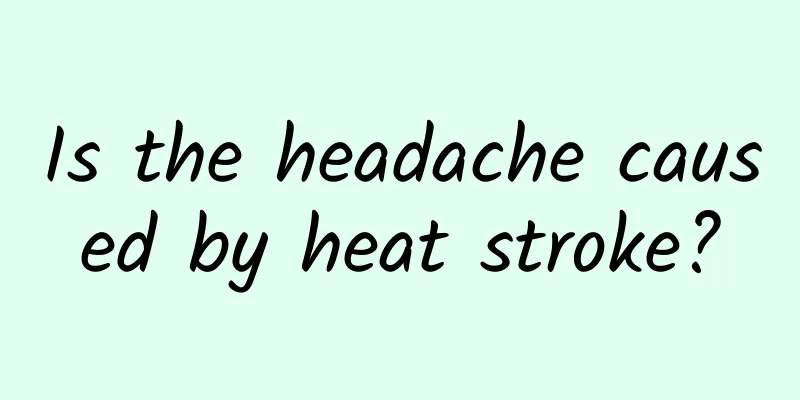Treatment of sequelae of poliomyelitis: rehabilitation training is very important

|
Polio is a disease that has a great impact on the growth and development of children, and the sequelae of polio is a serious disabling disease, which can cause lifelong limb disability in children in severe cases. How should children be treated if they suffer from post-polio syndrome? 1. Post-polio syndrome1: The disability caused by polio sequelae is mainly manifested as muscle paralysis and limb paralysis. (1) Hip joint contracture, flexion, relaxation and instability, or even hip dislocation. Knee flexion deformity and calf bending inward or outward are symptoms of polio sequelae. (2) Limb muscle atrophy and weakness, limb deformity, difficulty in upper and lower limb movement, joint instability, and unequal limb length. 2: (3) Symptoms of post-polio syndrome also manifest in the feet, which may also develop various deformities, such as the heel or toes not touching the ground when walking, or the foot turning inward and walking on the outside of the instep. In addition, deformities may also occur in other parts of the body, such as deformities of the upper limbs, curvature of the spine, tilt of the pelvis, etc. 2. Rehabilitation training1: The main purpose of rehabilitation training is to restore or compensate for the lost motor functions of patients with sequelae of poliomyelitis, thereby improving the daily activities of the upper limbs and the standing and walking functions of the lower limbs, so as to achieve self-care and return to society as soon as possible. The regular training contents mainly include training to enhance muscle strength, training to expand the range of joint motion, making and using orthotics, and training to restore limb function after surgery. 2: Master the appropriate training scale, quantity and method. If the training volume is not enough, there will be no obvious effect; excessive training can cause limb damage, such as muscle strain, joint swelling, fracture and dislocation, etc. Therefore, we must grasp this scale and the training volume should be appropriate. 3: Training should be done step by step and not too hasty. The number of activities increases from little to many, the range of joint movement increases from small to large, and the force used increases from light to heavy. Only by gradually increasing the amount of training can good results be achieved. 4: No training should cause significant pain. Sometimes training may cause slight pain, but the pain should disappear after you stop the activity. If severe pain occurs during training and does not go away after resting, it is often a sign of injury and you should stop training. If you experience severe pain after training or even swelling in your lower limbs, it indicates excessive exercise and you should temporarily stop training. 5: Training should not cause fatigue. If you feel tired, you should rest for 5 to 10 minutes before training again to avoid injury from overexertion. Three: Mainly for late rehabilitation treatmentBut we can’t be impatient, we must take it slowly, this will be of great help to the children. |
>>: Traditional Chinese medicine and rehabilitation training to correct sequelae of poliomyelitis
Recommend
What is the correct sleeping position during late pregnancy? What is the role of correct sleeping posture?
After pregnancy, every word and action of the pre...
There is a lump of flesh inside the teeth
If you observe your teeth carefully, you will find...
What is lip dermatitis? Don’t lick your lips if you have lip dermatitis.
Many people will subconsciously lick their lips w...
What is afterbirth?
The afterbirth is medically called placenta, whic...
What causes burping and acid reflux?
If you often burp and have acid reflux, you shoul...
What to do if pregnant women have lice in their hair
If pregnant women do not pay attention to persona...
What causes ear pain when flying?
Many friends feel ear pain when they are on an ai...
What is the spleen-strengthening food therapy?
Diet is very important to everyone, because it is...
What to do if you have diarrhea and anal pain
If the diarrhea is severe, it may cause anal pain...
What causes tooth root pain?
Human teeth grow out of the gums, and the gums ar...
Can small intestinal lymphoma be cured?
Lymphatic tissue is an important immune tissue sy...
Kidney-tonifying wild grass growing in the countryside
There is a kind of weed in the countryside that i...
What medicine can remove closed comedones?
Young people nowadays pay special attention to th...
My arm was throbbing with pain
If your arm experiences intermittent cramping pai...
What is herpetic gingivostomatitis
We should all be familiar with herpetic gingivost...









